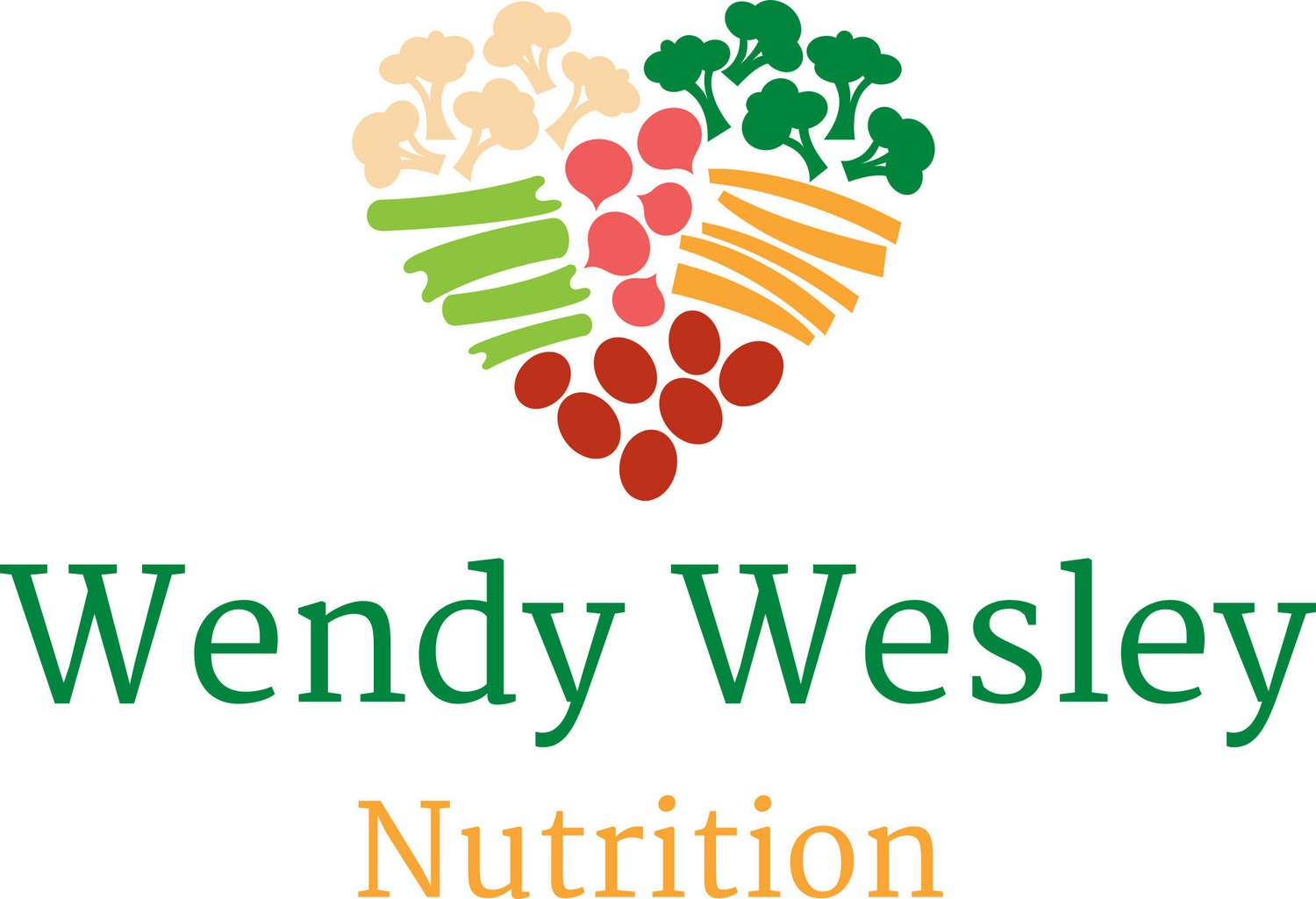“Living in a thriving community with access to quality educational and health resources leads to positive cognitive and physical development for children. However, when neighborhoods lack access to these opportunities, children and families suffer, especially people of color.” ----- An Equity Profile of Pinellas County, UNITE Pinellas, 2018
Within a 42-block area of south St. Petersburg there is no full-service grocery store that sells fresh or frozen produce, meats, dairy products or whole grains.
But between 4th and 45th Avenues South and 34th Street South to the Bay there are six dollar stores: two Dollar Generals and four Family Dollars.
The scarcity of affordable and nutritious foods in the area may be impacted by the concentration of these small, discount stores that sell highly processed, high sodium, low nutrient and low fiber food.
A few cities across the nation have banned dollar store chains claiming they edge out for-profit grocers and grocery co-ops. As the fastest-growing retailer in the U.S, Dollar General and its close cousin, Family Dollar (owned by Dollar Tree), have over 30,000 stores combined.
They have done extremely well in recent years by moving into small, rural towns and urban neighborhoods.
Their business plan is saturation and we are drowning in a salty sea of them.
With so many dollar stores in one area there is little incentive for a full-service grocer to come in. Their presence creates a perilous food environment for a population that is presently ill with diabetes, heart disease and kidney failure.
“Having access to healthy food choices greatly impacts diet and weight. Pinellas County surpasses Hillsborough, Orange, Sarasota and Florida in adult obesity.” ---- Health Equity, July 2018, A Foundation for a Healthy St. Petersburg.
Inside the Dollar General, located across from the Walmart at Tangerine Plaza that closed more than 900 days ago, there is not one tomato or head of lettuce to be had.
In August I toured the store. There, I found one dozen eggs for $1, one gallon of whole milk for $2.65, a shelf of dried spices, pouched tuna fish, ground coffee, nuts, one variety of bagged dried beans (pinto) and several 3-pound bags of enriched white rice. The prices on these items were good but they were the only whole food options.
The rest of the choices – most of the food section - were lacking nutrition.
Shelf after shelf of soda. Long rows of chips, cakes, cookies, snack pies, Ho-Hos and Ding-Dongs. Refrigerator cases of processed meats like bologna, sausages and hot dogs. Canned chili and pasta sauce stacked high. Ramen. Fluffy, white, zero-fiber breads. Rice-a-Roni, instant mashed potatoes and Pasta Sensations. Gallons of sweet tea and orange-y and grape-y drinks. Ice cream melting in a broken freezer.
A resident of Child’s Park suggested I check out Blue Nile on 18th Avenue South for produce and hot food. A man out front was selling produce – three red bell peppers and 9 oranges to be exact – but there was none for sale inside. A worker at Blue Nile stated she drives to Largo for the vegetables used in the hot food.
A Blue Nile customer told me about Taste of the Islands Market at 34th Street and 22 Avenue South. I visited and it does have a nice selection of fresh produce.
In July the city council of Birmingham, Alabama voted to prohibit new dollar stores from opening within a 1-mile radius of existing stores. Similar legislation was passed in Tulsa, Oklahoma City and Mesquite, Texas. New Orleans and Cleveland are currently considering a vote to restrict more dollar-type stores.
St. Petersburg leaders have discussed limiting the length of storefronts downtown to discourage chains. Perhaps similar policies should exist where nutrient-dense food is not available.
“If the community is unable to generate lasting, systemic impact, we will continue to deny the contributions that people at the margins are ready and able to make toward the well-being of the whole.” --- An Equity Profile of Pinellas County, UNITE Pinellas, 2018.
One popular idea is the creation of a grocery cooperative, a member-owned store where anyone can shop and members make all the decisions and receive discounts.
In July, Vision 2020, an initiative by stakeholders in this area of St. Petersburg, named the One Community Grocery Co-Op the “number one big idea” with a majority of the 1,400-plus people surveyed by People’s Budget Review choosing a grocery co-op as the greatest need.
One Community Grocery Co-Op pledges to follow a road-tested national model of forming grocery co-ops designed by the Food Co-Op Initiative. One Community must recruit 300 members to finish Phase 1 and is seeking financial support for marketing to recruit more members. Co-ops work in cities like Tallahassee and Minneapolis and will thrive here, too.
“Co-ops share accountability like they share profits and work to increase economic and social justice, create inclusive ownership and reverse wealth inequality,” states Greg Brodsky of the Cooperative Development Institute.
Member-owned and operated co-ops offer an economic multiplier effect of 1.6 shown in a recent study by ICA Group. This means that for every $1,000 spent in a co-op grocery, $1600.04 is generated in the local economy. This effect is not seen with big box grocers and dollar stores which is typically offer a multiplier of 1.36.
Yes, Beach Drive and downtown are booming. Tourism and the arts are flourishing. We have an enviable restaurant and nightlife scene. All these things make St. Petersburg, my hometown, sparkle.
But many in our community are marginalized, left behind and hindered by a lack of leadership, action and vision.
St. Petersburg is only as healthy as its poorest and sickest residents.


